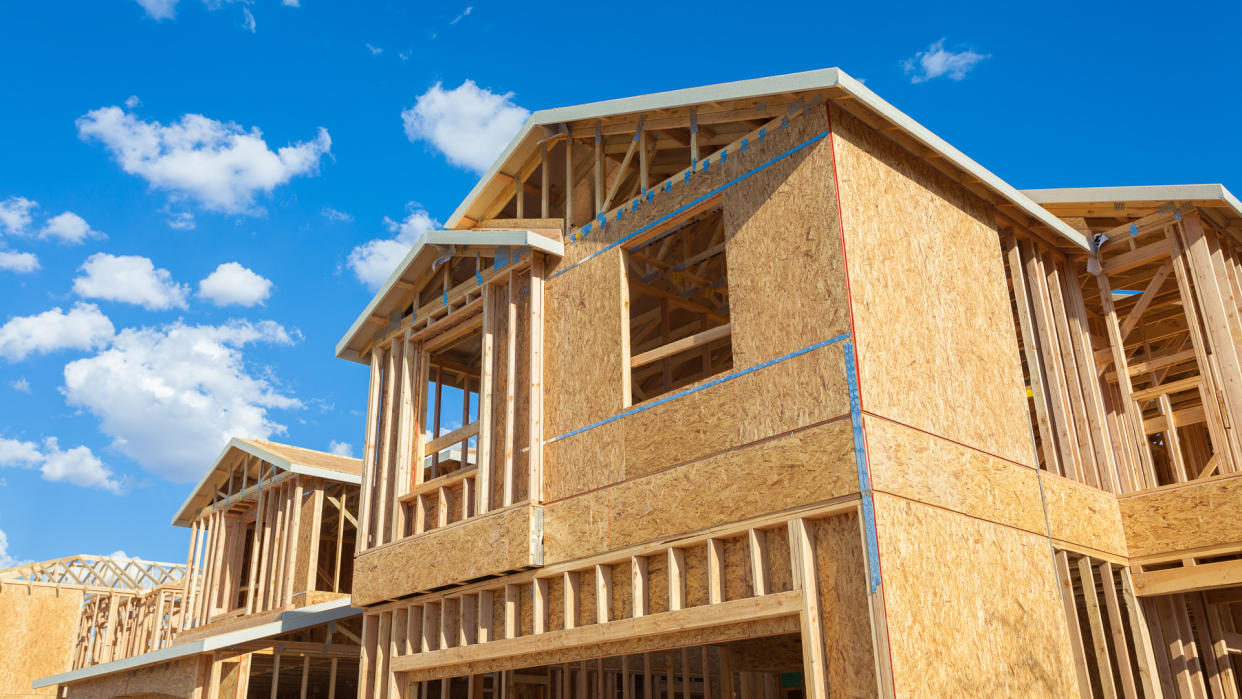Economy Explained: What Do the New Home Sales Reports Mean and What Is Measured?

Every month, the U.S. Census Bureau releases a report called New Home Sales. The moment it arrives, investors, financial journalists, lawmakers, central bankers and economists begin poring over it in search of the secrets it contains — and not because they have any particular interest in residential construction. New Home Sales is one of the most important economic indicators. Like the unemployment rate, the GDP and all the other major indicators, economists use the New Home Sales report to look for clues about changes in the health and direction of the economy.
Read: Economy Explained: Understanding Interest Rates — How They Affect You and the US Market
There’s More Than One Report
The New Home Sales report measures changes in how many newly constructed residential houses are being built in the United States. The Census Bureau gathers this information by looking at things like the number of building permits issued, contracts signed and deposits paid in a given time period. There are actually two reports — one that’s seasonally adjusted and one that isn’t. The seasonally adjusted report — which smoothes out statistical swings caused by weather and other seasonal fluctuations — comes out annually. The nonadjusted report comes out every month.
Economy Explained: National Debt and Deficit — What Is It and How Does It Affect Me?
You’re Not Buying a New House, So Who Cares, Right?
Economists are interested in the report because unlike existing homes, new homes are a major engine of economic growth. First of all, new homes are built only to satisfy public demand — but the economic impact of new home construction goes far beyond the real estate transaction itself.
Plumbers, carpenters, electricians and tradespeople of all stripes physically do the building. Suppliers both in the U.S. and abroad provide the shingles, drywall and other materials they need. Once buyers move in, they inject even more cash into the economy by purchasing things like furniture, groceries and cable subscriptions. The ripple effects spread so far, in fact, that a surge in new home sales is one of the best indications that the economy is strong.
Find Out: Economy Explained: What Is Adjusted Gross Income?
Just as the GDP tells economists whether the economy is expanding or heading toward recession, and just as the Consumer Price Index measures inflation, the New Home Sales report helps economists identify trends in areas like:
Household income
Consumer sentiment
Changing mortgage rates
Inflation in the housing sector
Unemployment
More: Economy Explained: Understanding US Productivity and All the Ways It Affects You
As the Housing Market Goes, So Goes the Country
When housing prices rise, consumer confidence, consumer spending and therefore economic growth tend to rise right along with them. A sharp drop in housing prices, on the other hand, generally coincides with economic constriction. The proof is in the 2008 recession. At the height of the housing bubble, more than 1 million Americans were employed directly in the home construction business, according to the Congressional Research Service. After the crash, that number was cut nearly in half to 560,000. Thanks to the previously discussed economic ripple effects, the impact and anguish of those massive job losses quickly spread far and wide as a collapsing housing market dragged the entire global economy down with it. Home, it turns out, is where the heart is — the heart of the American economy.
This article is part of GOBankingRates’ ‘Economy Explained’ series to help readers navigate the complexities of our financial system.
More From GOBankingRates
This article originally appeared on GOBankingRates.com: Economy Explained: What Do the New Home Sales Reports Mean and What Is Measured?

